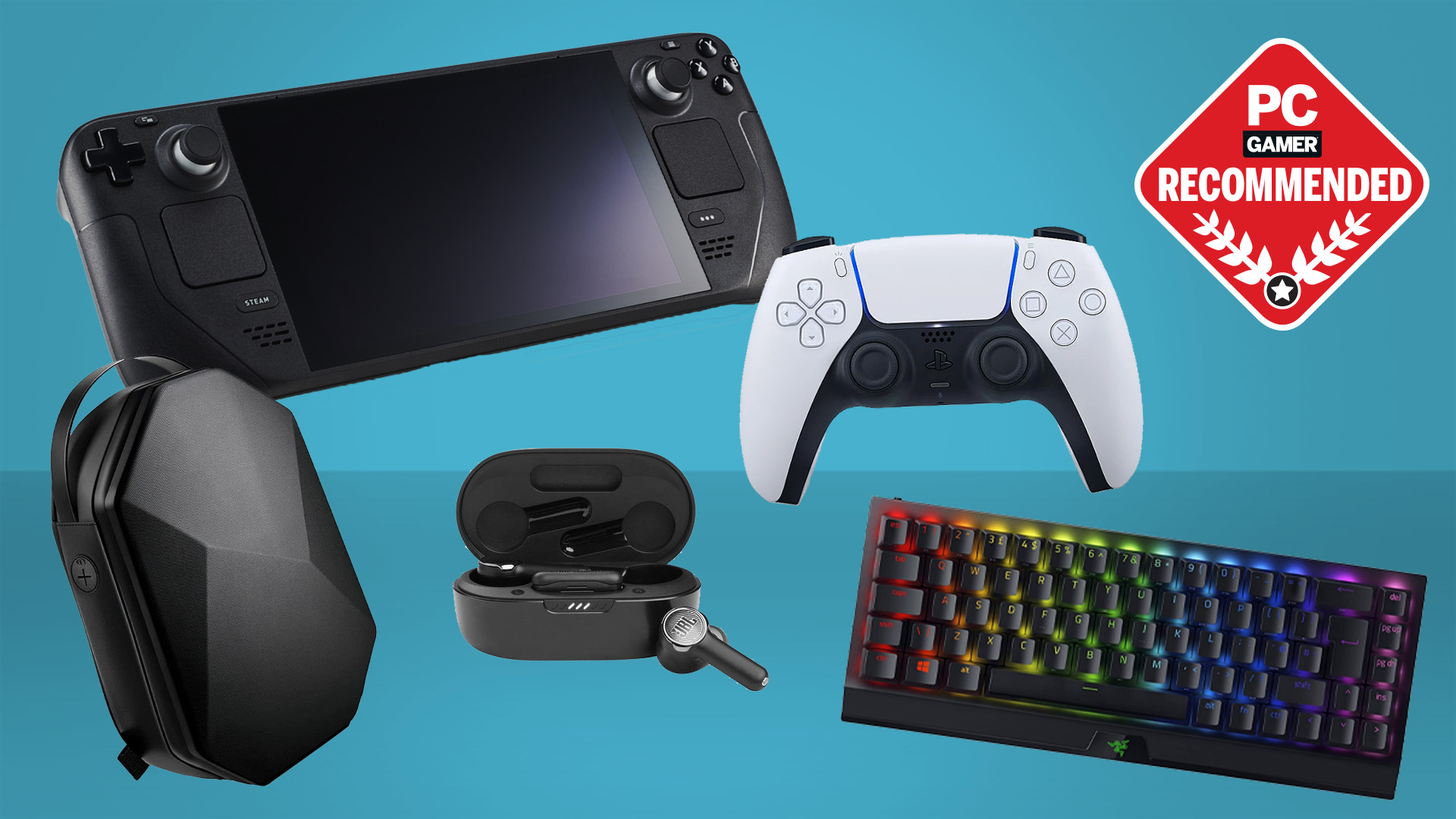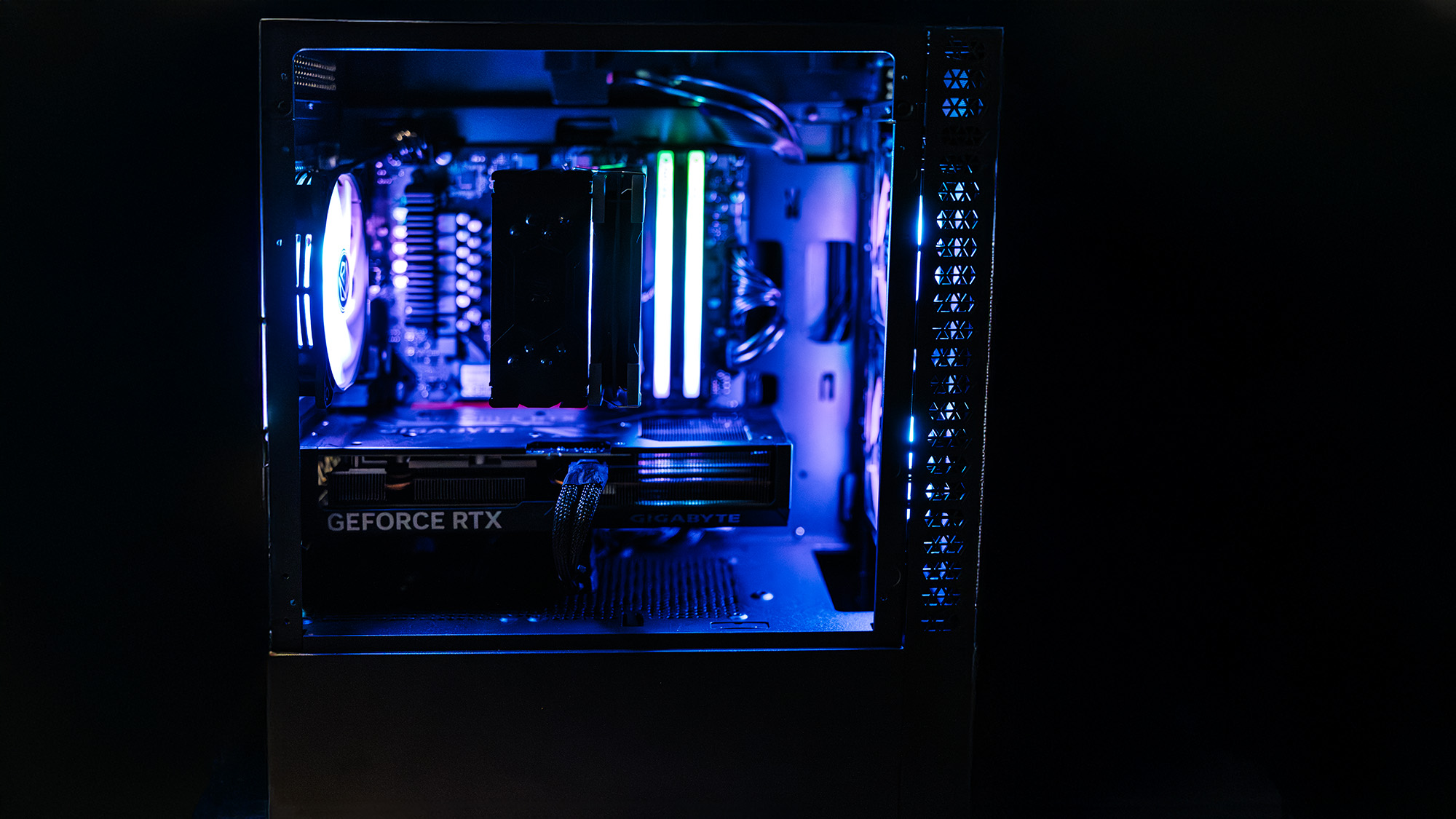Black Myth: Wukong said to single-handedly boost monitor sales in 2024 as gamers predicted to buy 2.8 million OLED monitors in 2025
2025 expected to be another big year for OLED gaming.
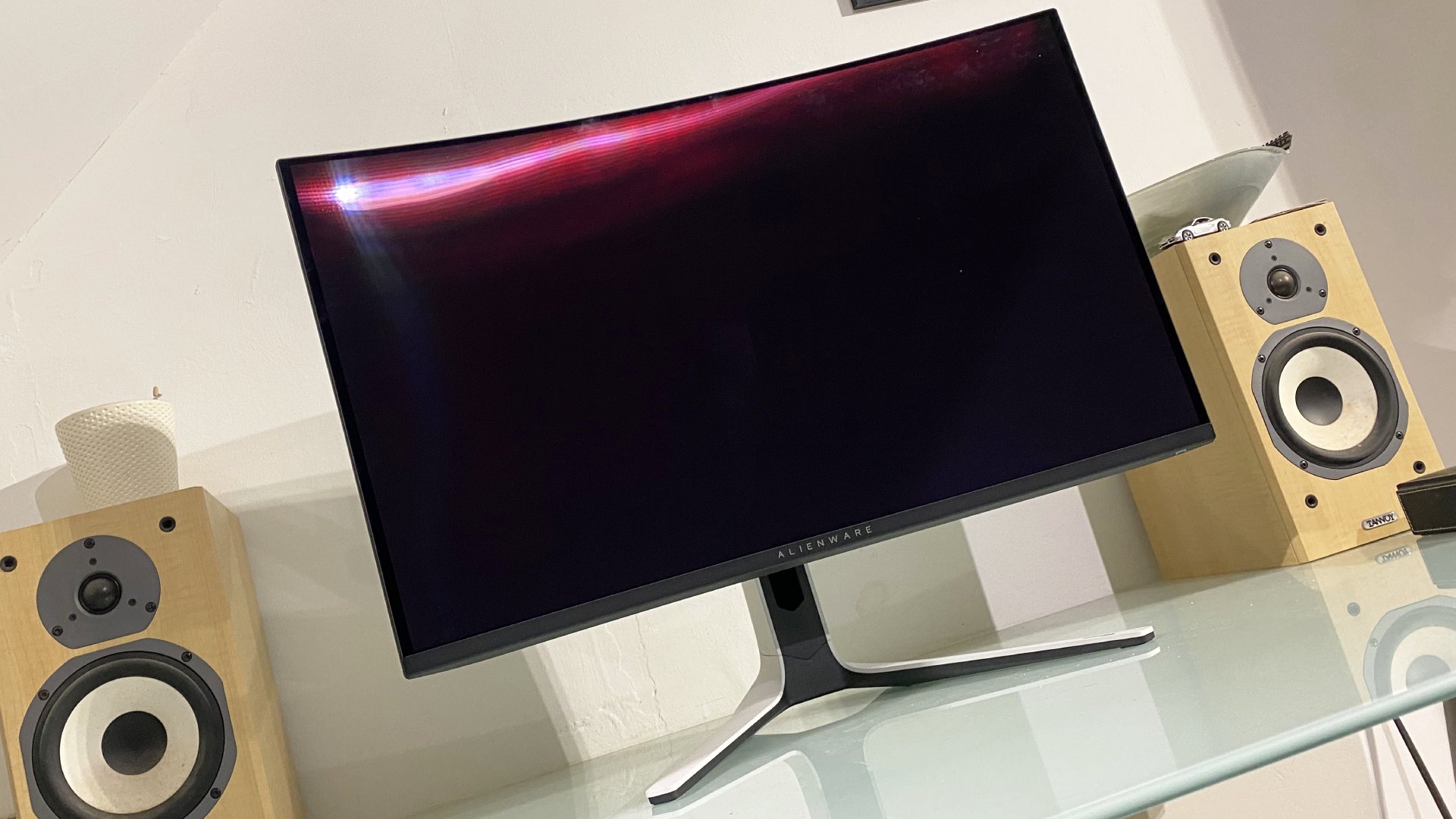
The popularity of OLED gaming monitors is becoming a popular riff. Today, we've got new figures from analyst outfit Trendforce that keep the good news coming, albeit with a slightly different spin from LG's take on the market earlier this week.
Arguably the most eye-catching claim from Trendforce's latest data dump is that the release of Black Myth: Wukong in late 2024 single-handedly boosted demand in China so much that LCD panel makers HKC, CSOT and BOE saw 50%, 40% and 20% sales boosts, respectively, for 2024.
Note, those aren't monitor brands, but companies that make the LCD panels that go into monitors. BOE is a panel maker we're quite familiar with and can be found in many aggressively priced gaming monitors. The other two manufacturers are less familiar.
Anyway, the impact of Black Myth: Wukong is pretty remarkable. Without it, the overall gaming monitor market probably wouldn't have grown much at all given Trendforce reckons the overall global market for gaming monitors grew by a much smaller 12% to 32.4 million units. For the record, Trendforce's definition of a gaming monitor is one that offers a refresh rate of at least 144 Hz, which is reasonable.
But what about OLED monitors? Trendforce says OLED monitor sales grew 900,000 in 2023 to two million in 2024 and expects that figure to swell to 2.8 million this year. That's a lot of OLED gaming monitors. But it's not quite in line with LG's claims of late, at least not in terms of the proportions.
Back in January, LG said OLEDs were making up 22% of gaming monitor ongoing sales. It also quoted a 13.3% figure for OLED's market share in 2024. However, Trendforce numbers put OLED market share at nearer 6% for 2024, with 8% forecast for 2025.
In all candour, those figures feel much more plausible. Of course, the reality is that nobody knows for sure exactly how many gaming monitors were sold in 2024 and 2025 is obviously a best guestimate for now.
The biggest gaming news, reviews and hardware deals
Keep up to date with the most important stories and the best deals, as picked by the PC Gamer team.
LG and Samsung make virtually all the OLED panels that go into gaming monitors and you'd struggle to get either outfit to reveal exactly how many they supplied in 2024. Even if you could tease those figures out, it wouldn't necessarily map precisely to gaming monitors sold in 2024.
All that said, the overall trends are surely indicative and they all show that OLED is becoming much more popular on the PC and at quite a lick. From here and in order to make OLED even more popular, what I'd like to see is four things.
First, some cheaper OLED monitors. It's all very well that there are some cheapo models available in China or on Alibaba from brands you've never heard of. But I want to see OLEDs available at sub $500 from a known monitor maker with local customer support.
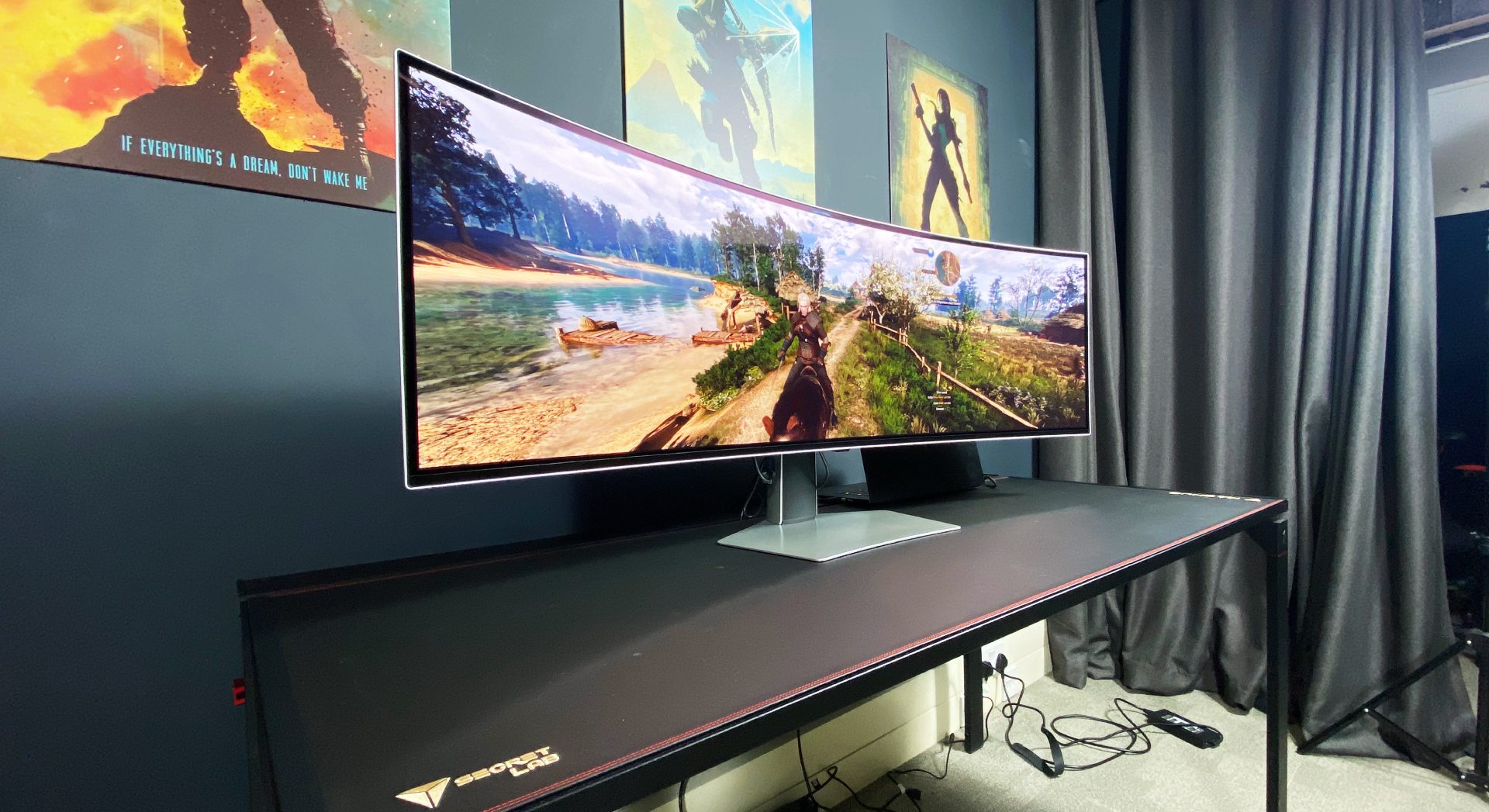
Next, I want to see the new next-gen OLED panel technology announced by both LG and Samsung at CES transition super quickly to the PC. Those panels offer both much brighter full-screen performance of up to 400 nits and better durability, thereby largely solving the two most important remaining drawbacks of OLED technology, namely full-screen brightness and burn-in.
Finally, I want to see OLEDs with decent pixel density in more form factors, including ultrawide. Right now, you can get 4K 32-inch and 27-inch with good density. Then there's the new LG 45-inch 5K2K panel with reasonable density, albeit a fair step behind 32-inch 4K, let alone 27-inch such as the new MSI MPG 272URX.
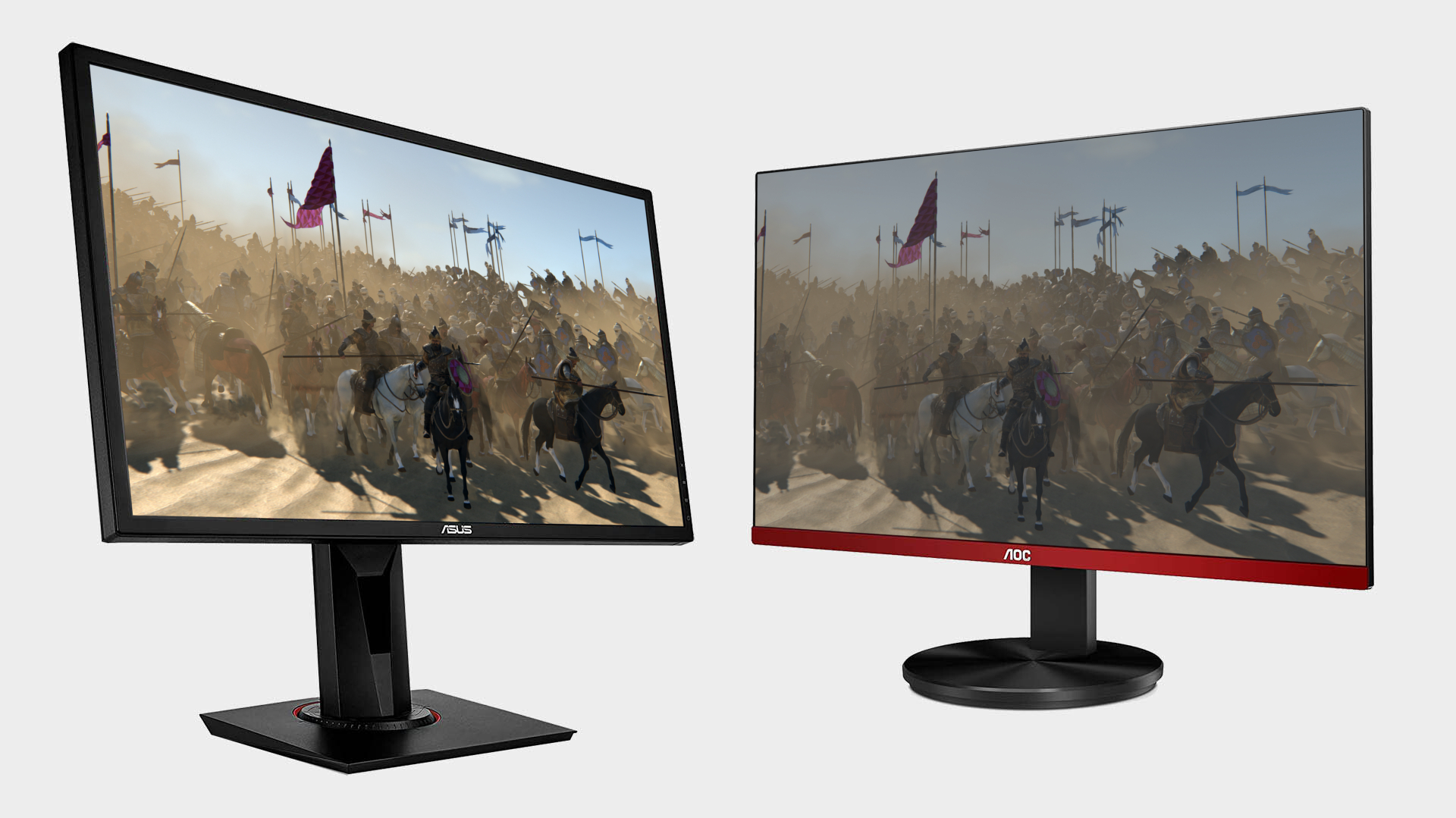
Best gaming monitor: Pixel-perfect panels for your PC.
Best high refresh rate monitor: Screaming quick.
Best 4K monitor for gaming: When only high-res will do.
Best 4K TV for gaming: Big-screen 4K gaming.
But 45-inch is pretty huge. So, how about a 34-inch 5K2K with the same density as the 27-inch 4K option? Or a 40-inch 5K2K with the same density as 32-inch 4K. Personally, that latter option would be my pick. 40 inches is big, but it's not ridiculous.
The only slight snag with all that is the ongoing rout in the GPU market, making any remotely powerful graphics card painfully pricey. And you're going to want quite the GPU to drive any high-density panel.
Perhaps in the real world, then, the ideal OLED for the next year or two might be one of those 3,440 by 1,440 34-inch ultrawide models like the original Alienware 34 AW3423DWF we loved so much back in 2023, but for not a penny more than $500 and ideally nearer $400. Oh, and using that new brighter, hardier panel tech. Then I could get behind and recommend them with no reservations or caveats at all.
As it is, OLED tech is certain fabulous. But it's a touch too flawed and more than a little too expensive to make sense as a mainstream recommendation. It would be great if that had changed by the end of this year. That may not happen. But if it doesn't in 2025, I reckon it will no later than 2026.

Jeremy has been writing about technology and PCs since the 90nm Netburst era (Google it!) and enjoys nothing more than a serious dissertation on the finer points of monitor input lag and overshoot followed by a forensic examination of advanced lithography. Or maybe he just likes machines that go “ping!” He also has a thing for tennis and cars.
